Name: Tina Gorjanc
Which came first in your life, the science or the art?
Science in the sense of curiosity for biology, materiality, and its functions has been intrinsically intertwined with my creativity from a very early age. I have been fascinated by natural organisms and the technologies that enable us to study and alter them since I can remember. However, the most straightforward answer to this question would probably be that art came first, especially while looking at my education and early career path.
“I believe that the term SciArt is a linguistical and cultural marker of the era in which we live. Looking back at history, it is quite apparent that the two fields have always been interlaced.”
Tina Gorjanc
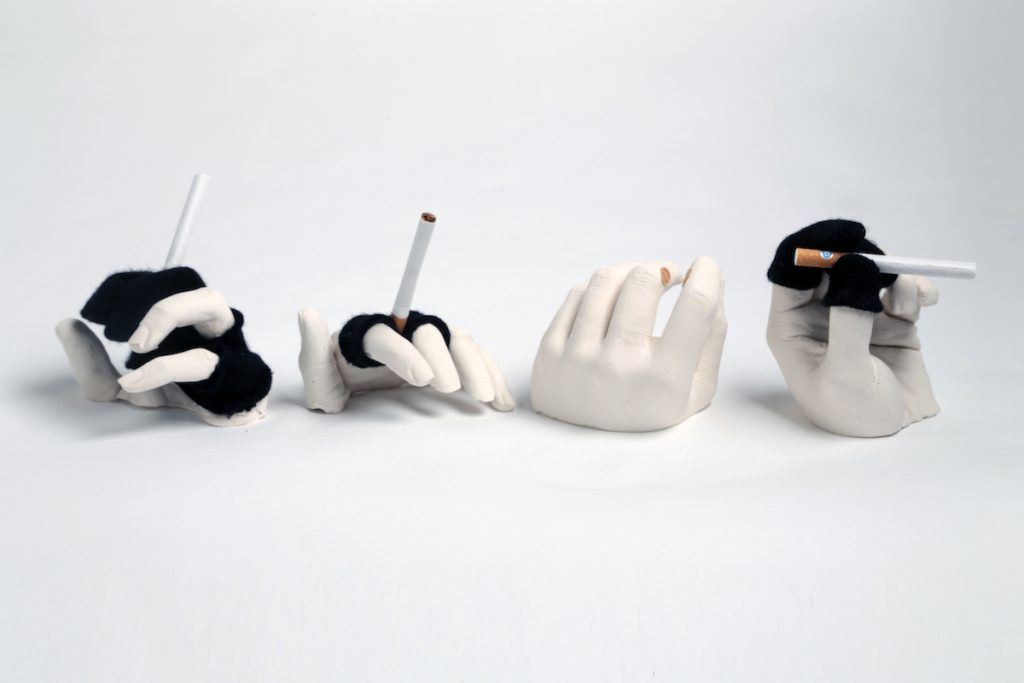
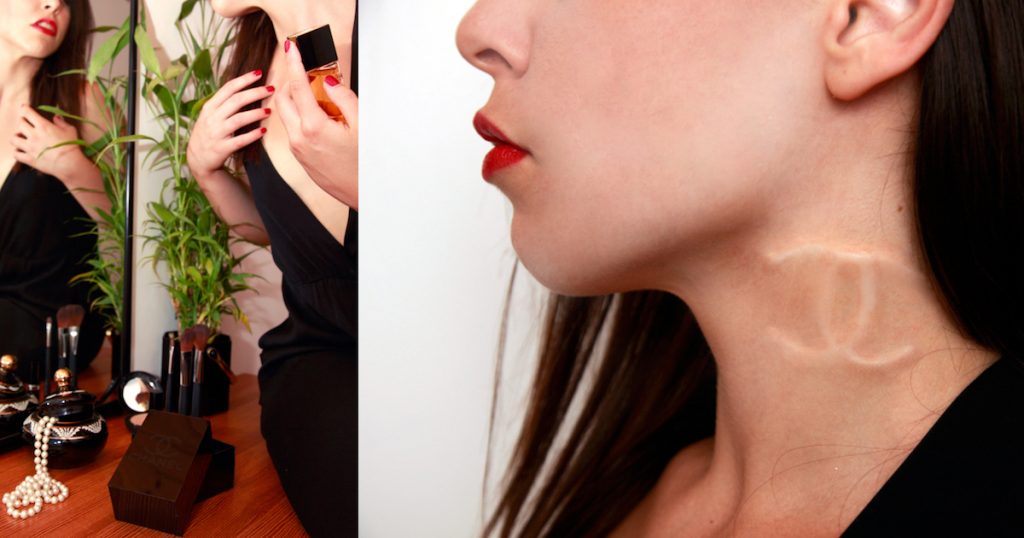
Which sciences relate to your art practice?
Rather than specific sciences, I have a strong interest in how particular and niche scientific applications get proliferated into the mainstream and impact our society’s behaviour and mindset. My work has been heavily based on biotechnology and synthetic biology as I believe that those are some of the industries that are, and will, most impact our culture and society.
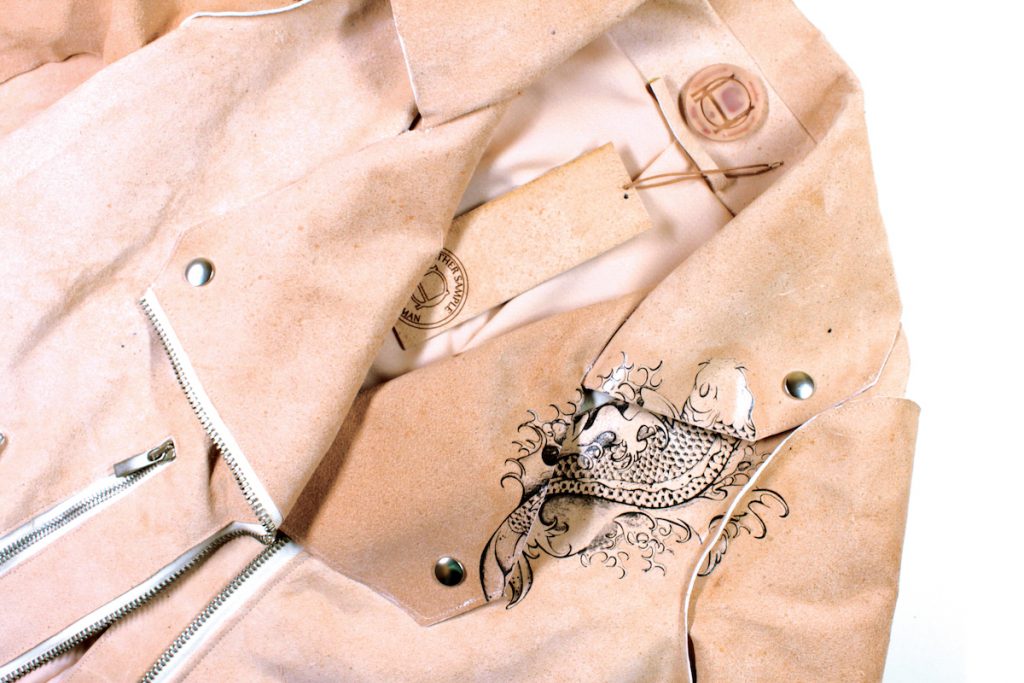


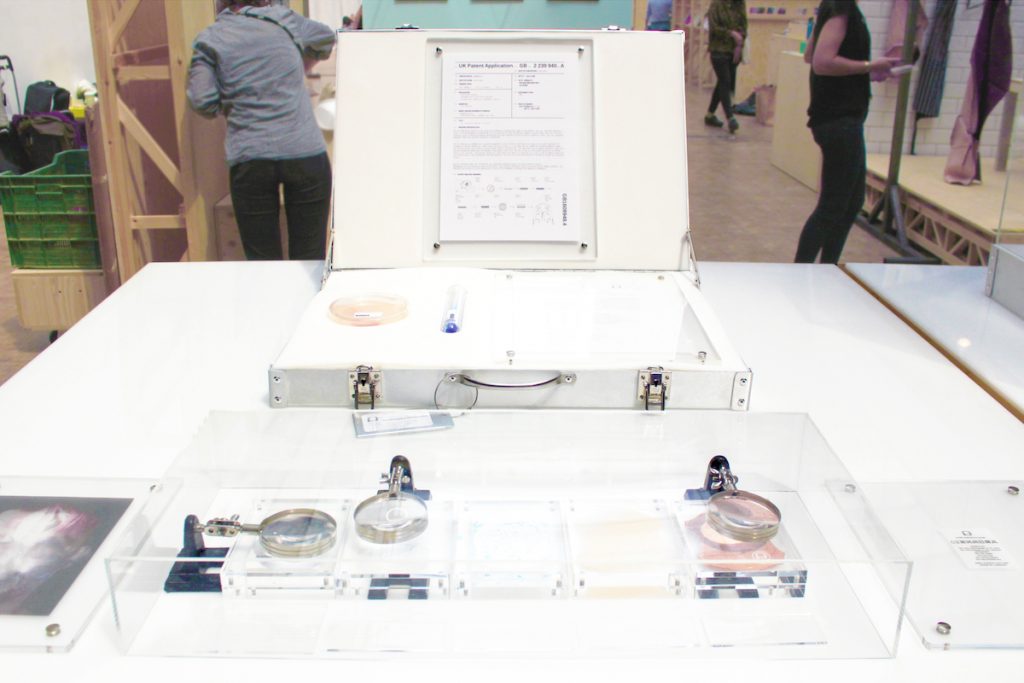
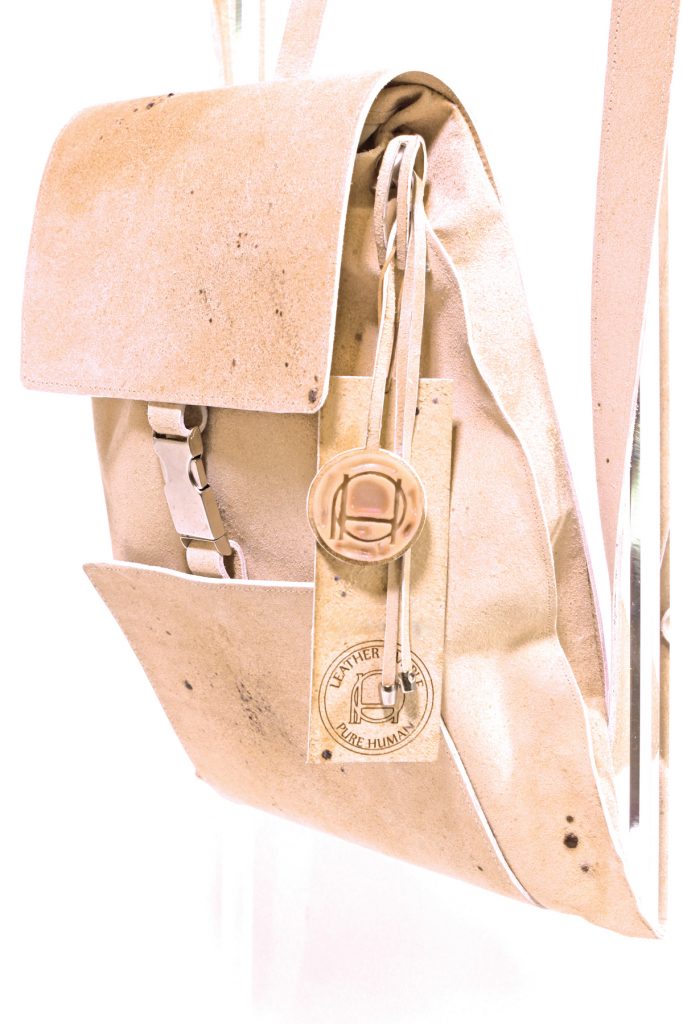

What materials do you use to create your artworks?
My projects’ speculative artifacts are produced with various techniques and materials utilized across different creative industries ranging from special effects, leatherwork, digital 3D design, sculpting, and casting. The development process to generate my artifacts elevates and improves my technical skillset, as I can continually learn and update production methods that will best suit a specific project. All the tools and mediums tend to be closely linked by the desire to mimic or relate to bodily materials.
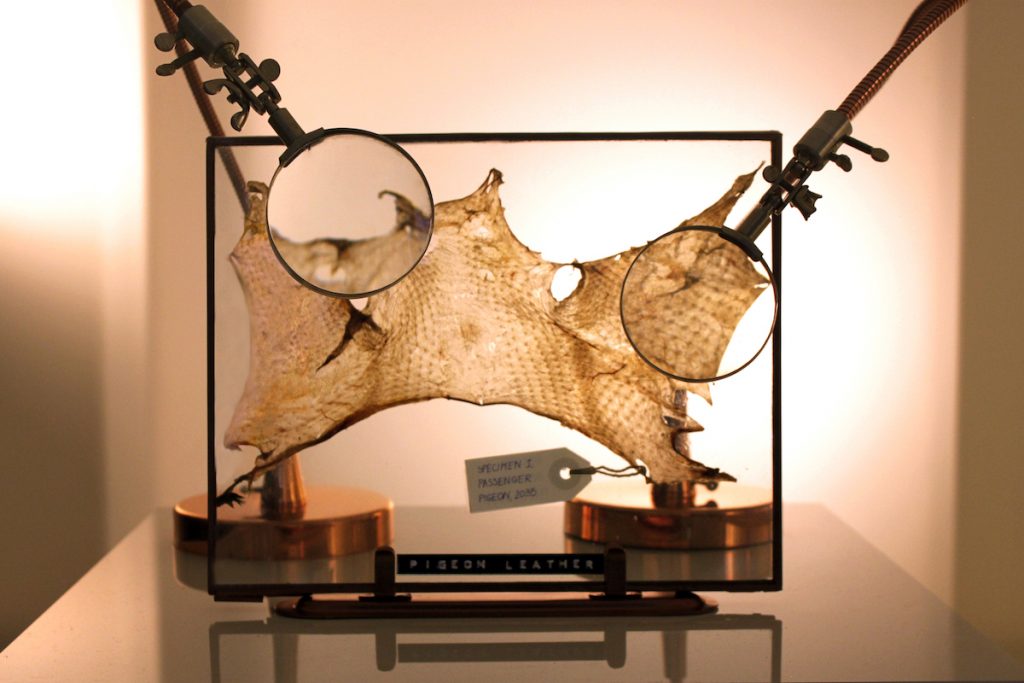
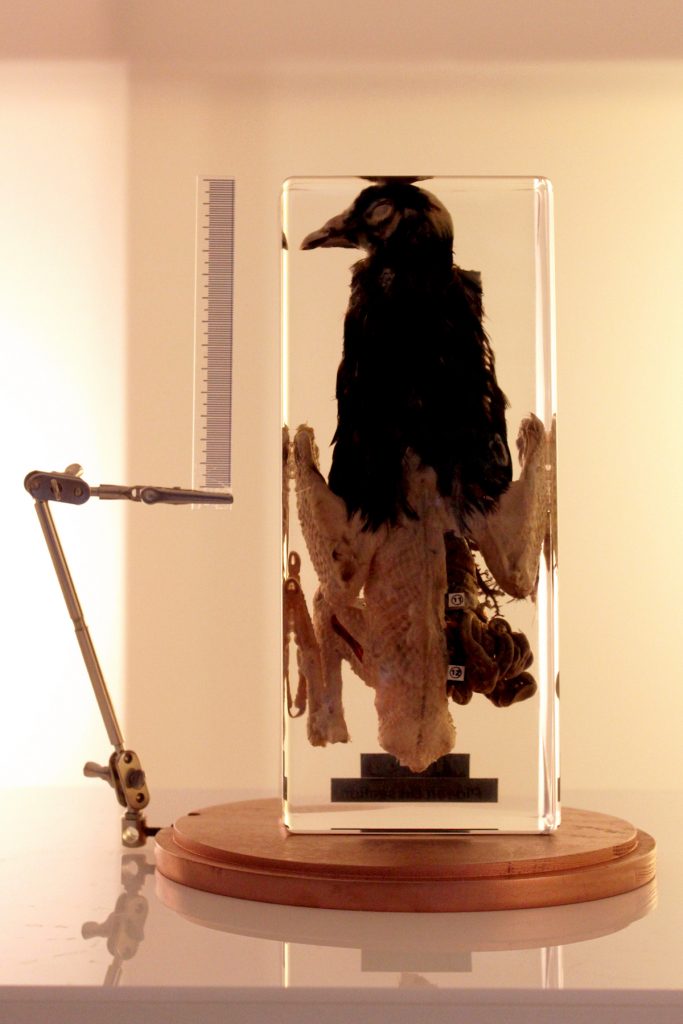
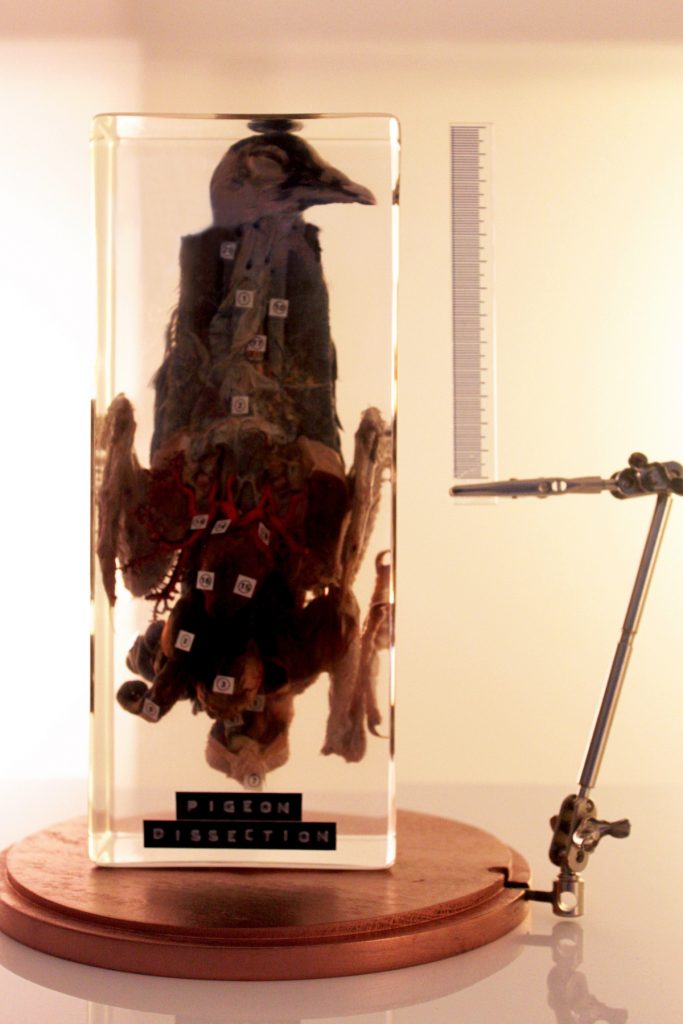
Artwork/Exhibition you are most proud of:
Body Spam was my first speculative project that combined scientific theory and processes with applied product design principles. The project also helped me understand my position and role as a creative within the luxury and scientific industry.
The Fake exhibition from Science Gallery Dublin was my first “professional” commission straight after my Master’s degree, which has dramatically repositioned my design practice and methodology. Coming from a more applied design background, I didn’t have the experience of collaborating within a diverse team of practitioners. This opportunity introduced me to working within a truly multidisciplinary team, which has been the preferred approach for all my recent creative ventures.


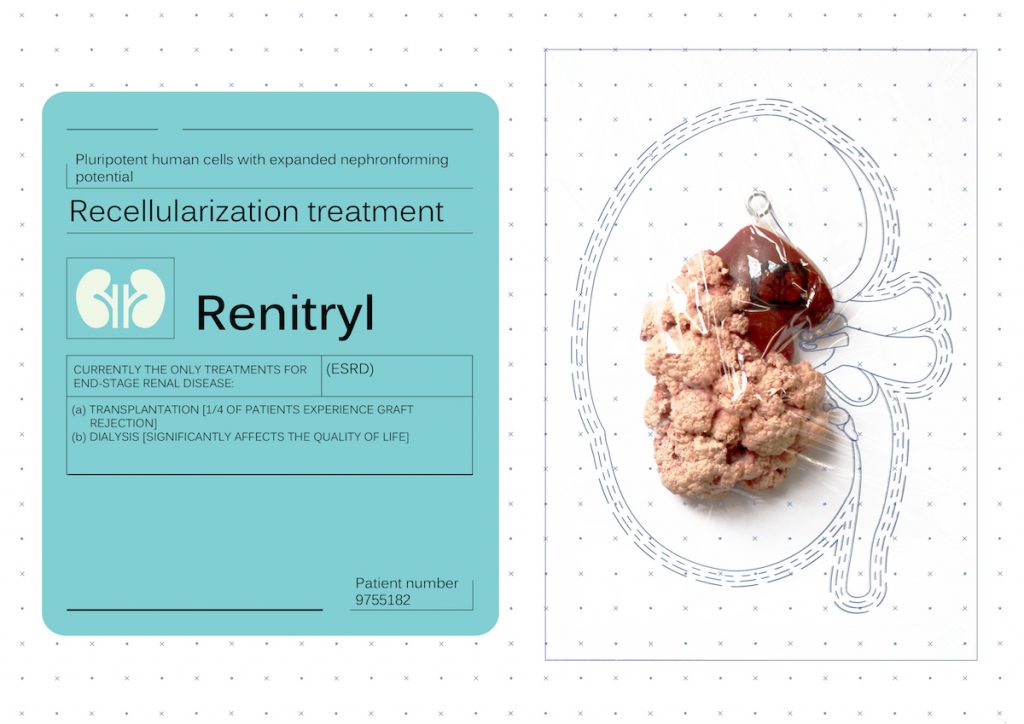

Which scientists and/or artists inspire and/or have influenced you?
George Church, the provocative and entrepreneurial American geneticist, molecular engineer, and chemist is one of the personas that inspires me the most. Besides having unique technical creativity and expertise, his critical thinking theories and speculative scenario portraits significantly impact how human-engineered biology is pursued.
Another strong influence on my practice is the Sci-Fi Artist and Body Architect Lucy McRae. I can relate to her visualization of future scenario projections within the luxury industry.
Lastly, one of my very early design role models, and a great disruptor of what the fashion industry should be, is British designer Hussein Chalayan. His inventions, such as the aeroplane dress, the airmail dress, and the transforming dress, are the ones that sparked my interest in the luxury industry at the very beginning of my design education and are still very inspirational today.
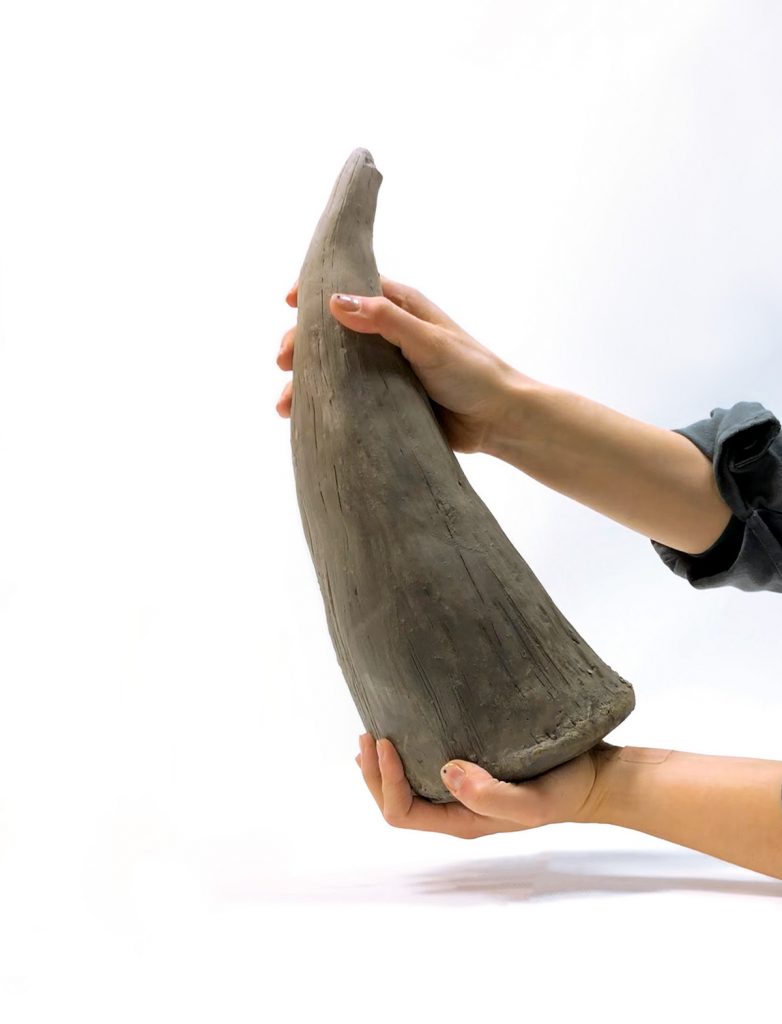

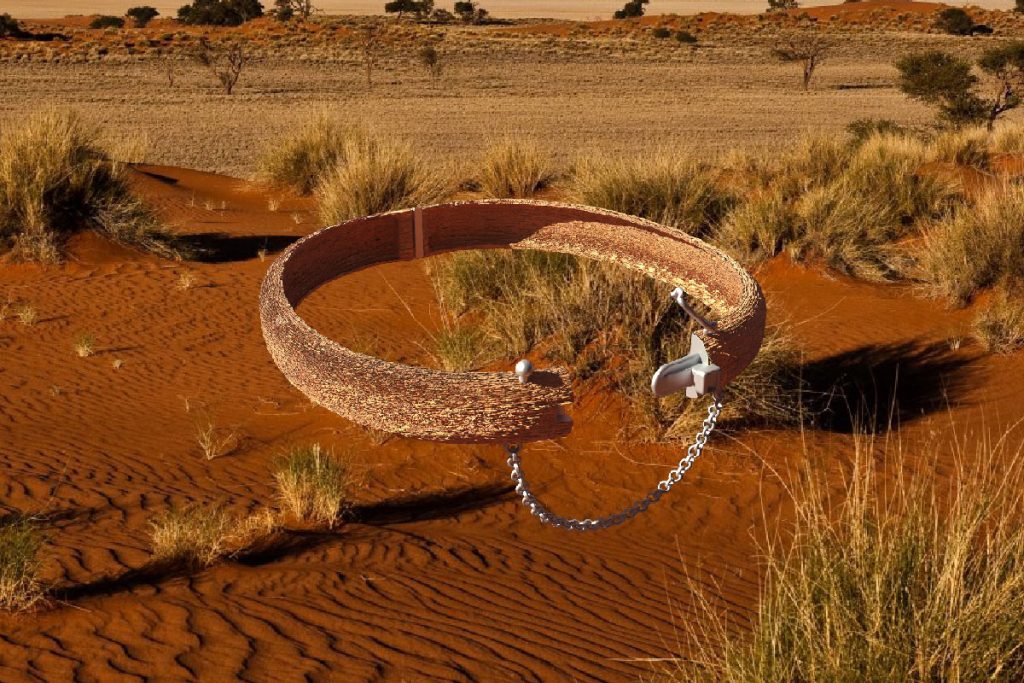
SciArt is an emerging term related to combining art and science. How would you define it?
I believe that the term SciArt is a linguistical and cultural marker of the era in which we live. Looking back at history, it is quite apparent that the two fields have always been interlaced. However, the term applies mostly to today’s scientific practices and processes that are either novel or present a variation/update of the old discoveries.
For more on Tina Gorjanc, visit her website, Instagram, The Dots, or Linkedin.
Share this Post

